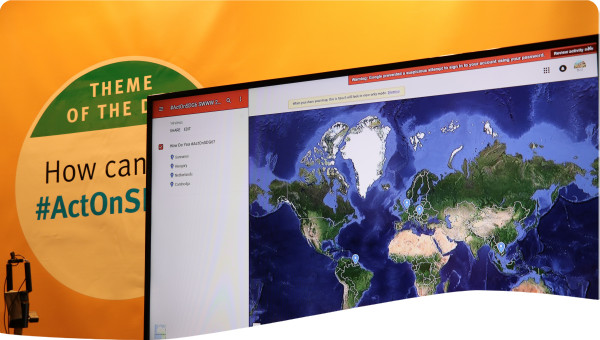In recent years the need to enhance public participation in Environmental Impact Assessment (EIA), and the efficacy of alternative mechanisms in achieving this goal, have been central themes in the EIA literature. The benefits of public participation are often taken for granted, and partly for this reason the underlying rationale for greater public participation is sometimes poorly articulated, making it more difficult to determine how to pursue it effectively. The reasons for seeking public participation are also highly diverse and not always mutually consistent. There has been limited analysis of the implications of different forms and degrees of public participation for public decision making based on EIA, and little discussion of how experience with public participation in EIA relates to debates about participation in policy making generally. This paper distinguishes various purposes for public participation in EIA, and discusses their implications for decision making. It then draws on some general models of public participation in policy making to consider how approaches to participation in EIA can be interpreted and valued, and asks what EIA experience reveals about the utility of these models. It argues that the models pay insufficient attention to the interaction that can occur between different forms of public participation; and to the fact that public participation raises issues regarding control over decision making that are not subject to resolution, but must be managed through ongoing processes of negotiation.
Description / Abstract
Publication year
Publisher
Thematic Tagging
English
 Resource -
Resource -
